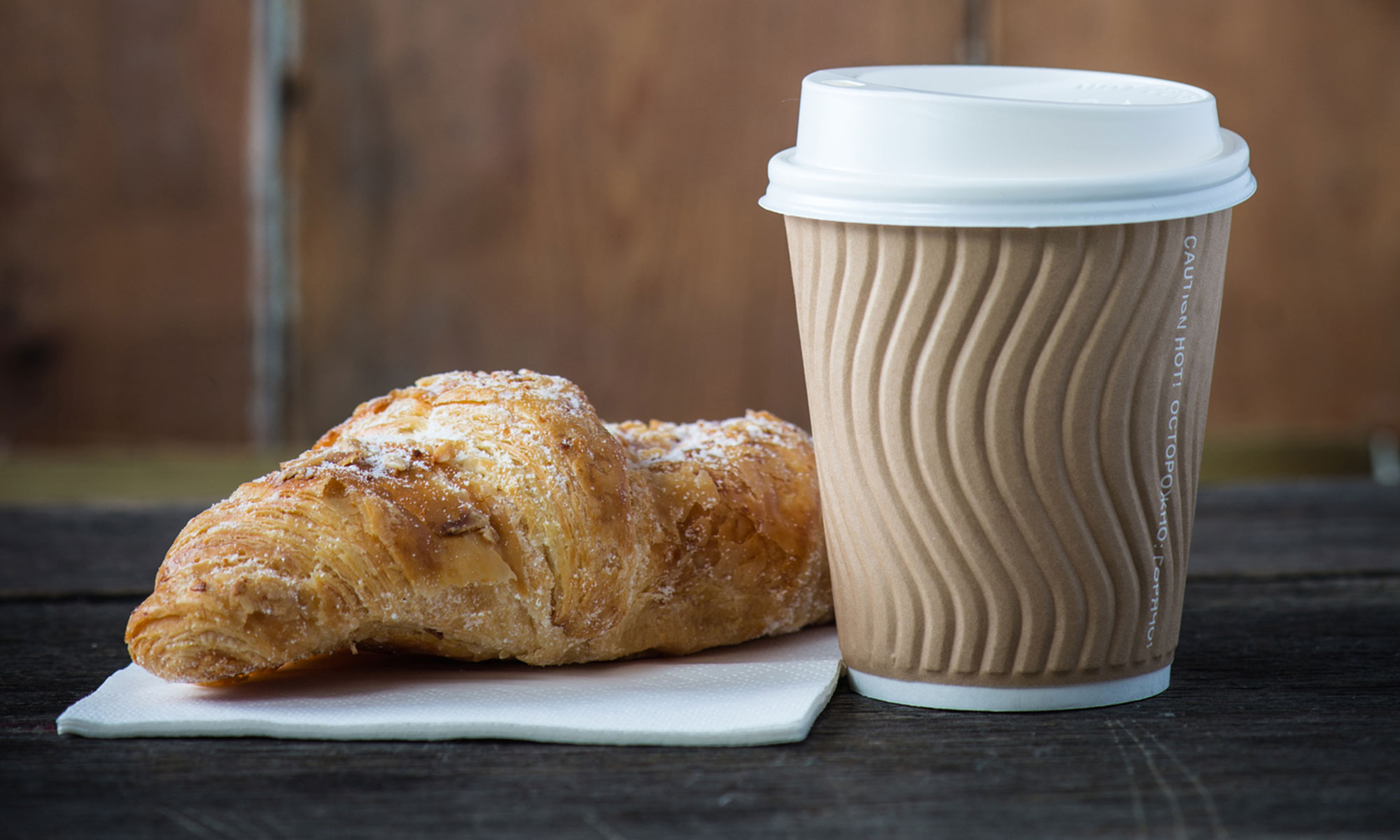On the London Bridge Terrorist Attack
6 Jun 2017
Back in the 90s the then PM of Britain Margaret Thatcher coined the phrase ‘the oxygen of publicity’ to describe what she sought to deny the IRA. Then, as now, it was considered both ill-advised and counter-productive. Not only was the law swiftly circumvented by the use of silhouettes and voice disguising techniques, but the mystique appended to anything banned only served to promote the very thing she wished to suppress.
The debate continues but, being of an age to remember the IRA bombs in London, I am bound to compare then and now. Why do the three recent attacks somehow feel different? To some degree, with the IRA, one at least knew who your enemy was and what there objectives were. There was also a curious stab at somehow being honourable by giving warnings – for all the good a 30 minute warning does when a hidden, ticking bomb is involved. However, this is not where the difference lies. What has changed is the wall to wall, 24/7 news coverage from which three really bad things accrue.
Firstly, by thrusting these horrific events at us from all angles (tv, internet, radio, social media etc) there is a far greater sense of the threat. By wrapping us in a mantle of continuous news, there is a danger that we inadvertently come to believe that this is the only thing happening in the world and our attitudes and opinions are skewed accordingly.
Secondly – with the need to fill these acres of news space, the use of wholly inappropriate content becomes all too tempting. To cite just one item – of what value pray is the dash cam footage of a van hitting people on London Bridge on Saturday night? How is this ‘news’? How are we able to explain this as anything other than prurient rubber-necking? How do we explain to the families and loved ones of the victims that we have turned their tragedies into entertainment? (For the record I have not watched the footage – I have just read the link text. Nevertheless, I think I know what’s behind the link. I guess I have to accept I’m wrong in this instance but there are plenty of other examples). Of course this is a perennial debate about exactly what news coverage is. Newsroom editors will doubtless argue that this level of detail is necessary to ram home the true nature of the events. Perhaps we should thank them; the power of the imagination is so often stronger than facts – but maybe, maybe we should be allowed to reflect on these horrors with nothing more than the power of intelligent journalism, properly edited (edited not censored) and presented in such a way that the story emerges with the kind of balance and moderation that human mind is not only capable of digesting but actually demands?
Finally – and perhaps most tellingly – back to Margaret Thatcher and her oxygen. As Salman Abedi set off on his murderous journey in Manchester and the perpetrators of the London Bridge attack on Saturday contemplated their forthcoming crimes, who could argue that part of their motive at least would not have been the vision of several days coverage of their atrocities? Along with 72 virgins in paradise the sure knowledge that what they have done will be so thrust in our faces that can almost think of nothing else, would have been a potent motivator. This to them, would undoubtedly be some kind of perverse victory.
As we learned back in the 90s, a blanket ban is no ban at all. It is, of course, essential that these news stories are reported upon and, if necessary, terrorists interrogated by skilled interviewers so that we may all be certain of the redundancy of their beliefs. However, we must all consider the nature of the way the news is currently presented and ask ourselves what have really learned from knowing the contents of a Facebook post of a victim’s sister?
Martin Roberts
Latest posts by Martin Roberts (see all)
- Why using your hands might be good for you - October 13, 2017
- Have we done our best creative work by 30? - September 25, 2017
- The Madonna of Sant’Agostino - September 12, 2017
